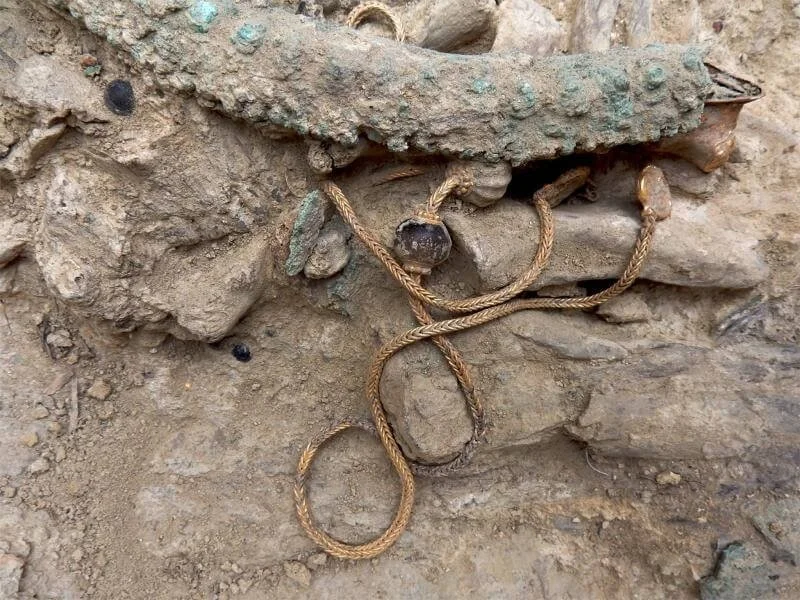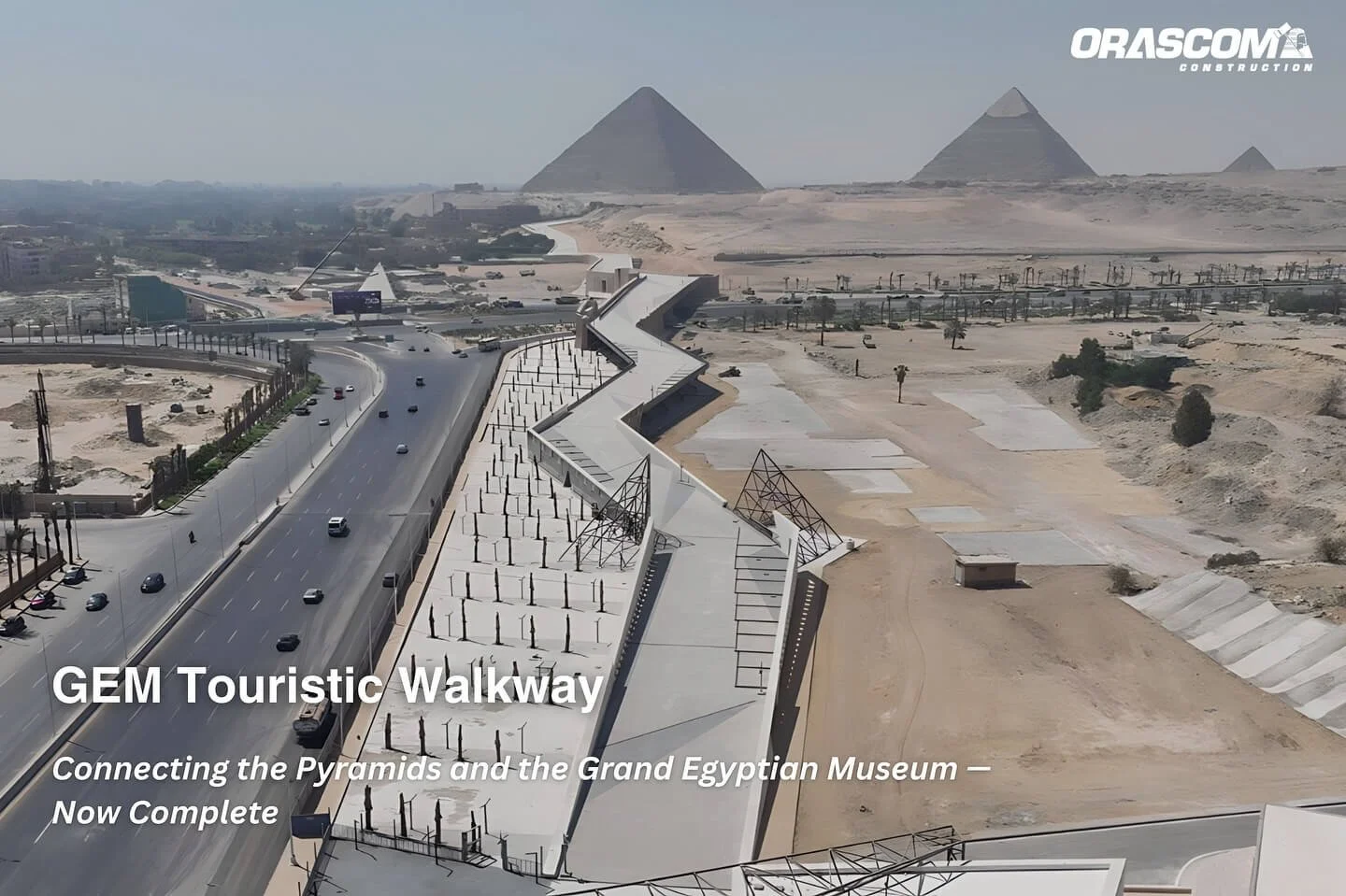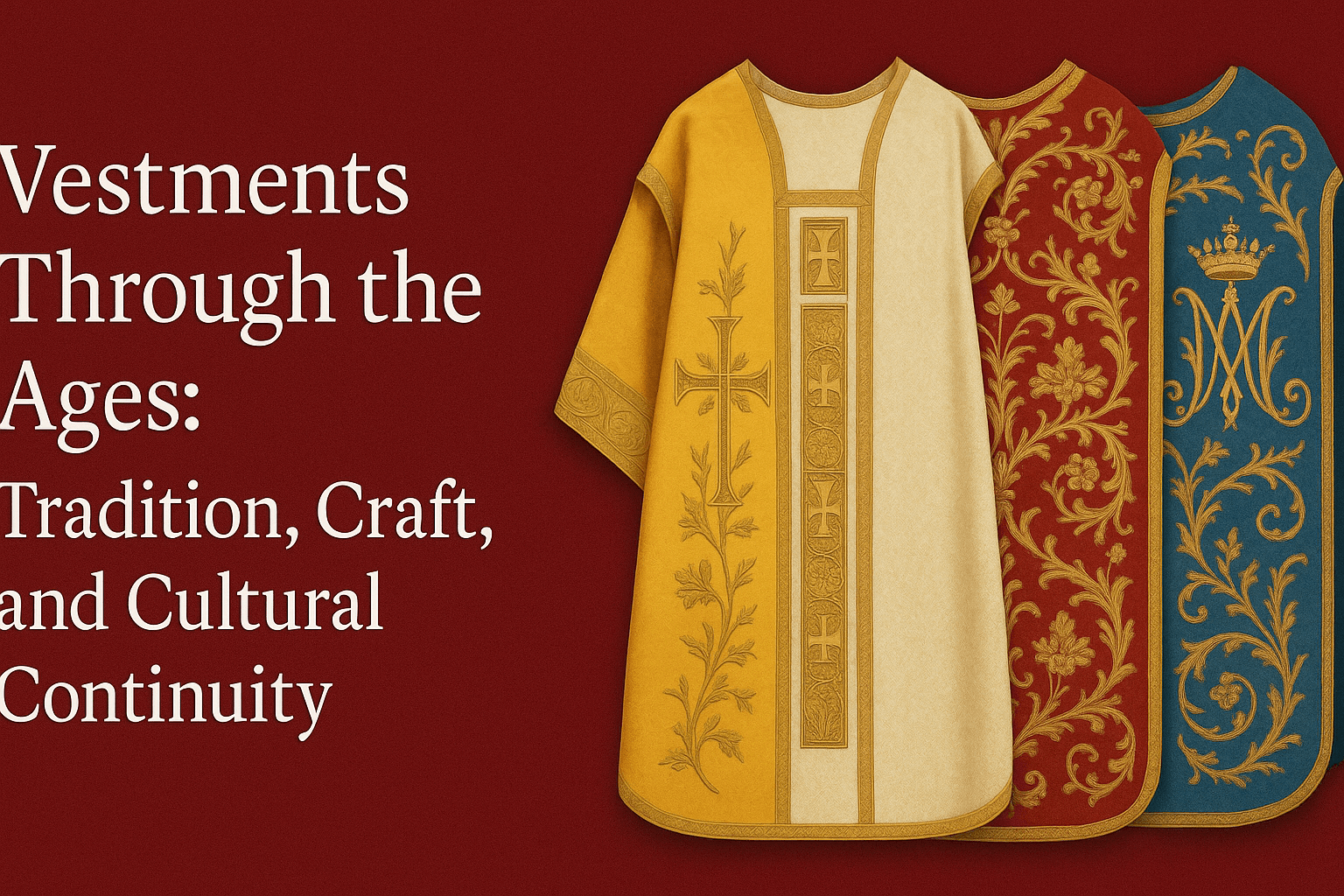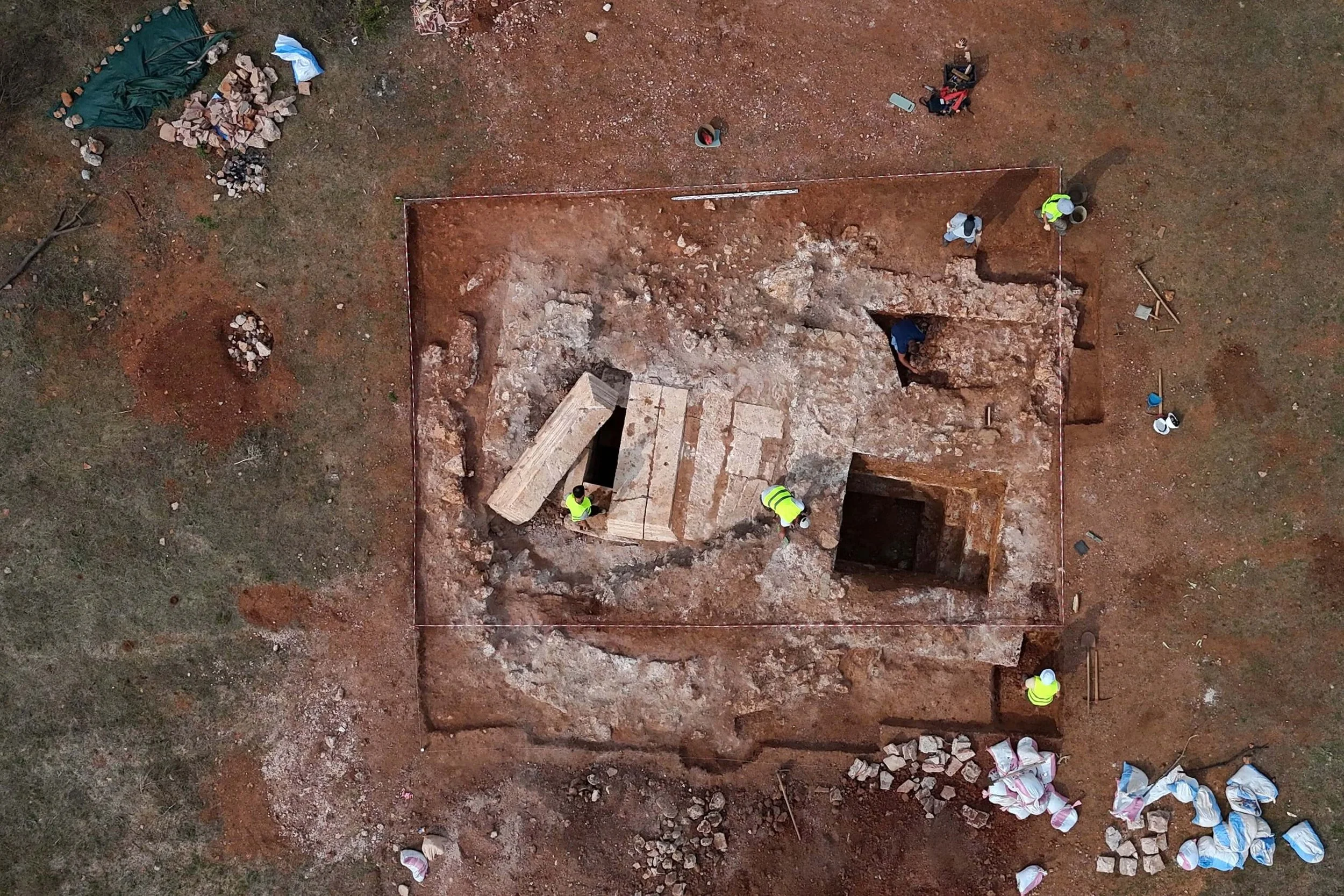Elon Musk recently expressed his admiration for the iconic statue, The Winged Victory of Samothrace, summing up his appreciation in just one word: "Beauty."
The tech mogul, known for sharing ancient Greek maxims on social media, highlighted the Apollonian aesthetics of classical Greek art. Many of his followers agreed, marveling at the breathtaking craftsmanship of ancient Greek sculptures and lamenting that modern art seldom reaches such grandeur.
The Legacy of The Winged Victory of Samothrace
This celebrated masterpiece has been housed at the Louvre Museum since 1884. It is one of three winged representations of Nike discovered at the Sanctuary of the Great Gods on Samothrace. The other two include a Roman copy found by Austrian archaeologists, now exhibited at Vienna’s Kunsthistorisches Museum, and a second fragment unearthed in 1949 by American archaeologists Karl and Phyllis Williams-Lehmann, which is displayed at the Archaeological Museum of Samothrace.
In a remarkable turn of events, further excavations in 1950 led Karl Lehmann and his wife to discover parts of the statue’s right hand. A few months later, they identified fingers from the same hand in the Austrian museum’s collection—pieces that had been left unclassified, their connection to the Winged Victory unknown until then.
The reconstructed right palm, now displayed separately near the statue at the Louvre, revealed an unexpected truth: Nike had not been holding a trumpet, as many previously believed.
A Monument of Triumph
Standing at an impressive 3.28 meters (10.7 feet) in height, or 5.58 meters (18.3 feet) when including the marble ship prow on which it is mounted, the Winged Victory was created to honor the goddess Nike and commemorate a naval victory—though the exact battle remains uncertain. The statue was originally dedicated at a sanctuary on Samothrace, a site renowned in antiquity for its spiritual significance, and is estimated to date between 220 and 190 BCE, with most scholars favoring the latter date.
The statue was designed as part of a sculptural ensemble depicting the goddess landing lightly upon the prow of a ship. While her exact gesture remains a subject of debate, scholars suggest she may have been raising a victory wreath, cupping her hand to her mouth to proclaim triumph, or offering a salute. The ship itself, sculpted from Rhodian marble quarried in Lartos, adds to the dynamic illusion that Nike has just descended onto its deck.
Today, The Winged Victory of Samothrace remains one of the most awe-inspiring treasures of Hellenistic art, capturing the essence of movement, power, and divine grace—qualities that continue to captivate admirers, from scholars to visionaries like Elon Musk.

















































